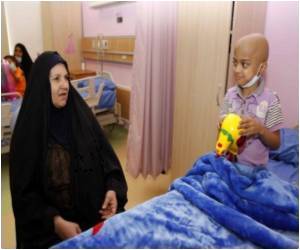
The roundtable discussion, “Trailblazers in Adolescent and Young Adult Oncology,” was moderated by Archie Bleyer, MD, Medical Director of Clinical Research for the St. Charles Health System in Bend, Oregon. Participants were leading physicians of pediatric, adolescent, and young adult oncology who have helped mold and advance this area of specialization trace the history and driving forces behind programs and disease management strategies now in place that target this patient population.
Several factors contributed to the growing recognition that adolescents and young adults — defined by the National Cancer Institute as patients aged 15 to 39 at diagnosis — are a distinct group of cancer patients that have not enjoyed the same improvements in overall survival compared with their younger and older peers. The reasons for the differences have not been fully elucidated but many suspect multiple factors working independently or together, including biological differences, treatment protocol or medical care facility variances, lack of relevant clinical trials, and access to care due to un- or under-insured status.
In addition to those newly diagnosed as an AYA, there is a growing community of AYAs who are survivors of pediatric cancer. Research has demonstrated that cancer is a chronic disease and that survivorship is often fraught with unintended consequences of cancer treatment, including infertility, heart and lung damage, and metabolic problems. Survivorship issues, both of the pediatric cancer survivor and the AYA cancer survivor, will be addressed in the new journal from Liebert.
Source-Medindia










